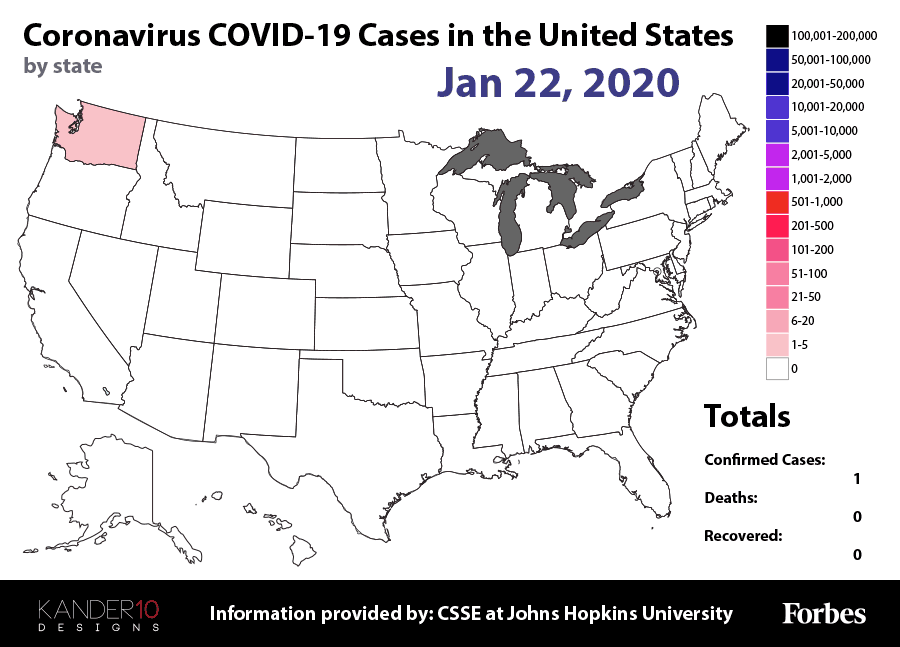US government’s response to COVID-19
April 7, 2020
COVID-19, which is now classified as a pandemic, is threatening citizens in countries on every continent around the world and shows no signs of stopping. As of March 31st, 2020, the virus has infected every country in the world except the Democratic People’s Republic of Korea, Sierra Leone, Botswana, South Sudan, Malawi, Yemen, Lesotho, Turkmenistan, Tajikistan, and Papua New Guinea. The situation is getting worse, both statistically, and financially, as many countries have declared states of emergency, and put out restrictions on non-essential-business closure. Public panic has caused many unnecessary hoarding of essential personal protection equipment, such as facial masks, Goggles, and facial shields. The actions have caused many hospitals in the United States to be lacking equipment to protect doctors and nurses.
In just two months, the global epicenter of this pandemic has shifted from Wuhan to Manhattan, New York. One of the most populated cities in the world, New York has 41,771 cases confirmed, and according to the governor of the State of New York and mayor of the City of New York, the number of cases has yet to reach an apex. US President Donald J. Trump has signed the Coronavirus Preparedness and Response Supplemental Appropriations Act, 2020 into legislation, which has received bipartisan support.
Economically, the United States is now experiencing the biggest decrease in the economy since the 2008 economic crisis, with many shops and businesses closed, leaving millions of Americans losing their jobs. As of now, 3 million Americans have lost their job, with many predicting that the number could reach 47 million, which means that the employment rate could reach 32%–the biggest unemployment crisis ever in the history of this country. The US Senate acted quickly, introducing the CARES Act (Coronavirus Aid, Relief, and Economic Security Act) by majority leader Mitch McConnell. The original bill included $500 billion in checks for Americans, and after bipartisan negotiations, the bill grew to $2 trillion (slightly more than the GDP of Italy). This version passed the Senate unanimously on March 25, 2020, and President Trump signed into law the day after.
The US is also trying to ramp up its diagnostic testing capacity, but time is needed to reach this goal. Every state has now declared states of emergency in this country with some of the states requiring its residents to stay home, totaling 80% of the US population. Schools and public gatherings have now been closed, and other restrictions are mandated in order to slow the spread of COVID-19. Non-essential-business in the US has also been closed off, with only hospitals, grocery stores, and other federal corporations still in operation. Universities and colleges are still in the process of creating a vaccine, however, this process is projected to take about a year to a year and a half to develop. Interestingly, many are optimistic of the time, with some suggesting that vaccines will be available in half a year. Unfortunately, there are just as many problems yet to be solved as the number of actions the US government has taken. The US is currently in need of ventilators for critically ill patients. New York governor Andrew Cuomo has requested thousands of ventilators, however, this request is hard to fulfill, as countries around the world need just as many ventilators as the New York state.
As COVID-19 is a pandemic around the world and a huge threat to communities in this country, health officials suggest that staying at home is the best option, taking care of yourselves and your relatives should be the utmost importance, and any unnecessary travel and activities outside should be reconsidered for your health.
#stayhomesavelives
